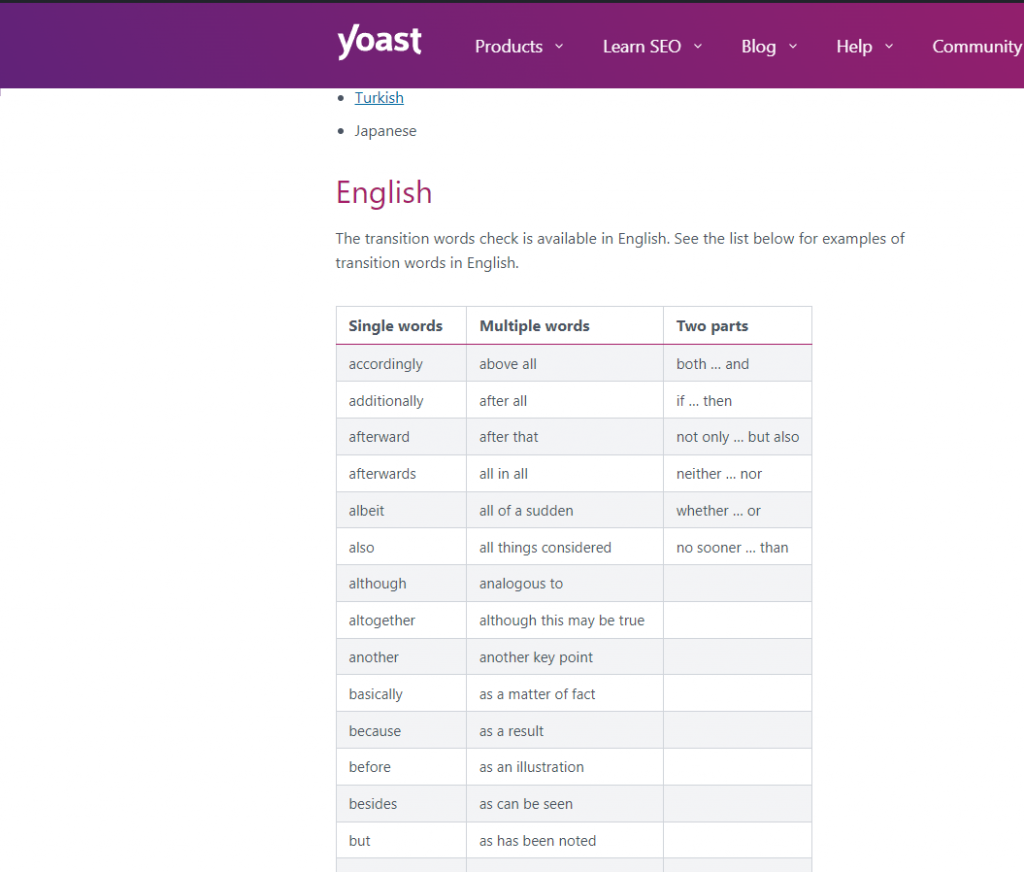Last Updated on: 15th March 2024, 05:36 pm
It’s time for the next entry in my ‘how to write a Second Life blog‘ series, it’s time to dig a little deeper. We’ve brushed the surface with SEO, blog growth strategies, post types, and several best practices. Yet, there’s a wealth of knowledge still to be explored. The misconception that successful blogging only requires writing couldn’t be more off course. It’s a process demanding relentless work, abundant time, and unwavering dedication. In this post, let’s dissect blog structure and how to build it. Following that, we’ll look into an all important component – the call to action.

The Starting Point of Your Second Life Blog
Writing a blog is kind of like mixing art with science. It’s not as straightforward as everyone thinks it is. Running a blog lets me interact with a lot of people and share what I know about Second Life. It also gives me a place to show what I get up to.
But, here’s the tricky part – there are like 10 million blog posts swirling around the internet every day. Creates a kind of information traffic jam, doesn’t it? The burning question is always – how do you make your blog stand out amidst all this? And most importantly, how do you ensure it’s what your audience wants so they don’t hit the back button?
When I started off my blogging journey, I was as clueless as a newborn. Now, after two years and hundreds of posts, I think I’ve got the hang of it. The main thing I’ve learned? Structure is important.
So, here’s where we start. We plan.
Every post I create starts with a blueprint. I use WordPress blocks to lay it all out – image placements, subheadings, etc. And then, as with any great story, I start at the beginning. The introduction.

The Power of a Great Introduction
Every blog post rides on the wings of its successful introduction. It’s your opportunity to outline the journey your post is about to take people on. Some writers like to share a personal snippet or justify their credibility. For me, I almost always use a mini cliff-hanger or I write about something but don’t say what it is. That makes people want to read more.
The decision to add in a small story to your introduction comes down to your audience’s preference. It’s a hit or miss honestly. For instance, if you’re writing a guest post somewhere, do your homework. Understand the preferred style and emulate it. It saves you from the tedium of writing an elaborate intro when all they want is a hundred-word summary.
Your introduction real estate is prime; use it wisely to hook your readers. It’s your pitch why they should stick around.
So, when you begin, think about what you want to deliver to your reader. Zero in on that one issue as a focal point. For example, this post is about ‘how to structure a blog post.’ That’s what we talk about, we’re not going back into detail about LSI’s or satellite content. But, with that being said… have your keyword in your introduction always.

The Power of Simple Language
Whether it’s storytelling or sharing Second Life wisdom, the way we build every blog post counts. Here’s a secret ingredient – keep your paragraphs short and crisp. This eases skim-reading, turning your blog into reader-friendly territory.
Here’s where a sharp turn veers away from the roads of essay or creative writing. In blogging, we’re not stretching paragraphs to be as big as they can be, but carving them into enjoyable bite-sized pieces.
Now, take note, long paragraphs are akin to lengthier headings – they slow down skim-reading. Plus, an endless block of text on mobile is a no-pleaser. A heads-up – Google nowadays places mobile-first indexing, meaning your blog’s look on mobile impacts its ranking on both mobile and desktop.
Switching gears, let’s chat about language. Blog posts are not a canvas for extravagant language and tangled metaphors. If your sentences start sounding like riddles, it gets tougher to keep readers locked in. Dial it down to simple. Always.
One point per sentence is the way to go. Sometimes, this simplicity might entail bending some grammatical rules. Maybe you ditch that semi-colon for a full stop. Sure, it can be unsettling. But hey, sometimes, ruffling the grammar regime to enhance the reader’s journey is a trade-off worth taking.

Unleashing Your Unique Voice in a Second Life Blog
Hey, here’s a trick to make your blog posts pop – unleash you. It’s easy to forget this part while you’re fretting over SEO or blog structure.
Sure, chances are, most topics have been covered before. But your key ingredient is unmistakably you. It’s your distinct style, your views, and your unique experiences. Adding those into your blog pieces brings your content alive.
Now lets look at blog length. Here’s a huge secret – an overly long post doesn’t exist.
Search engines have a soft spot for longer posts, believing they hold more value for readers. Plus, lengthier posts keep readers engaged for more time on your site, making search engines even happier.
Often, people will hesitate to elaborate on ‘obvious’ things. For example, if I decided to take a look into the benefits of buying mainland land instead of renting private regions, I wouldn’t shy away from discussing lag or tier costs, even though it’s been written about a million times before. Keep in mind, not everyone reads every post on every site, and every new reader might not be familiar with land tier. Reiteration isn’t overkill, it’s adding extra value.
Remember, even your most devoted readers might not devour every single post. Repeating something won’t chase them away.

Why Structure Matters
Lots of you will be wondering: “Why all the fuss about structuring your blog post?” Well, there are several key reasons, and every single one plays a vital role in lifting your blog from ‘meh’ to ‘great’.
Firstly, it upgrades readability. If reading your blog is harder than a challenging Sudoku puzzle, you can bet your last linden that people won’t be coming back for more. And let’s face it, a lot of us are skimmers online. That’s why a good format is a must-have.
Secondly, we’re aiming for a boost in search visibility. When your content is worth its weight in gold and structured to the nines, your blog attracts more clicks. Not only is it easier for your readers, but Google appreciates a well-ordered webpage. End result is better ranking, more exposure, and growing your reader base.
Next comes building credibility for your brand. Because like it or not, once you start blogging you have a brand. A chaotic, jumbled mess of a blog post doesn’t help or offer any solutions.
Lastly, structuring blog posts is a major time saver. When you’ve got a clear map, it speeds up the writing process. With the time you’ve pocketed, you can then concentrate on other critical blog-related tasks.

How to Use Transition Words in Your Second Life Posts
Ok, listen. If there’s one thing you take away from this post then make sure it is this. Transition words are your new best friends in the world of blog writing. They’re like bridges, allowing your readers to smoothly travel from one info island to another.
They give your text a smooth flow, making it more reader-friendly, and pull together your key points.
Here are some super simple examples:
- So
- As a result
- Thus
- Also
- Because
- This time
- Finally
What’s even cooler about transition words is they’re great for SEO. They turn your text into a Google-friendly format, making it easier for search bots to scan and understand. Add to that, well-structured and legible text keeps readers glued to your site, which can scale your site higher on the Google ranking.
Firstly, understand what transition words are and how to use them correctly. When misplaced, they can make your post feel mismatched which hurts its credibility.
Secondly, identify how different points in your blog thread together to form a coherent story. Trust me, without knowing the key ideas you want to convey, creating proper headings and subpoints would behorrible.
Finally, master the art of adding transition words so they blend in seamlessly. Your readers are here because they trust you. Using transition words thoughtfully shows your expertise and further builds trust in your blog.
Here’s a handy list from Yoast, you can click here to see the full thing.

Mastering the Art of Calls to Action
Rounding up your blog with a call to action (CTA) can be a game-changer. While you may assume your visitors instinctively know what to do next, they typically need a nudge on the best course of action. Inserting a CTA is your tool to funnel readers towards further engagement and potential conversion once they’ve finished your post.
But what is a Call to Action? Essentially, it’s a clickable link or button used to prompt your audience to do something. Its goal is simple – to please readers and trigger participation.
What does this look like in practice? Maybe you encourage readers to sign up for your subscriber list, write their comments below, buy something, or visit somewhere in-world.
The idea is to create a unique selling point (USP) that emphasizes “must do” over other alternatives.
The golden rule – keep your CTA relevant to your blog post. Avoid straying off into unrelated topics and keep it unique. A tailored CTA encourages interest and avoids the perils of duplicated content, improving SEO while appearing attentive to readers.
For that extra something, toss in emotion-triggering words that demand attention.
A word of caution – don’t drown your readers in a waterfall of words. Remember, your aim is to invite action, not overwhelm. Keep your CTA crisp, appealing, and precise.
Read More
Hungry for more insights on perfecting your Second Life blog? Don’t miss out on exploring the other gems in my series:
- Dive into “SEO For Your Second Life Blog | A Beginners Guide” to unravel the power of SEO.
- Make your blog grow with “Growing Your Second Life Blog | Jess’ Guide”.
- Discover the art of writing engaging posts with “How to Write a Second Life Blog | Jess’ Guide“.
Remember, each step takes you closer to blogging mastery in the world of Second Life.
Subscribe to get all the latest posts straight to your email!


Thankies for writing that up.